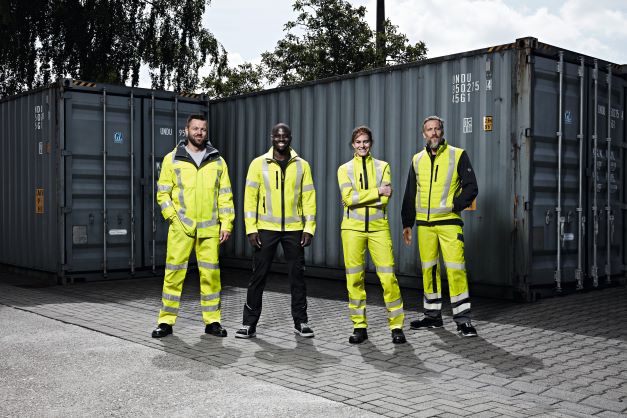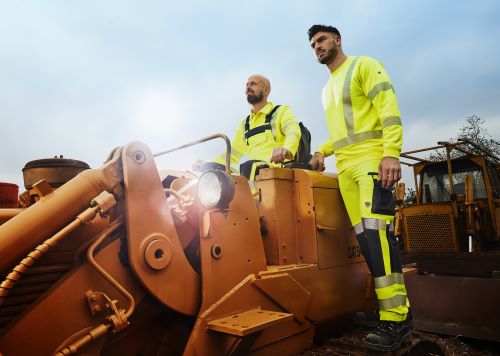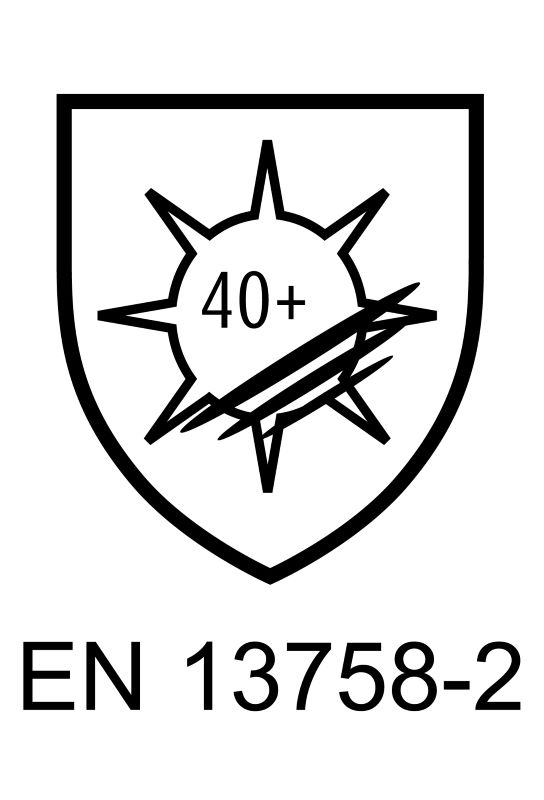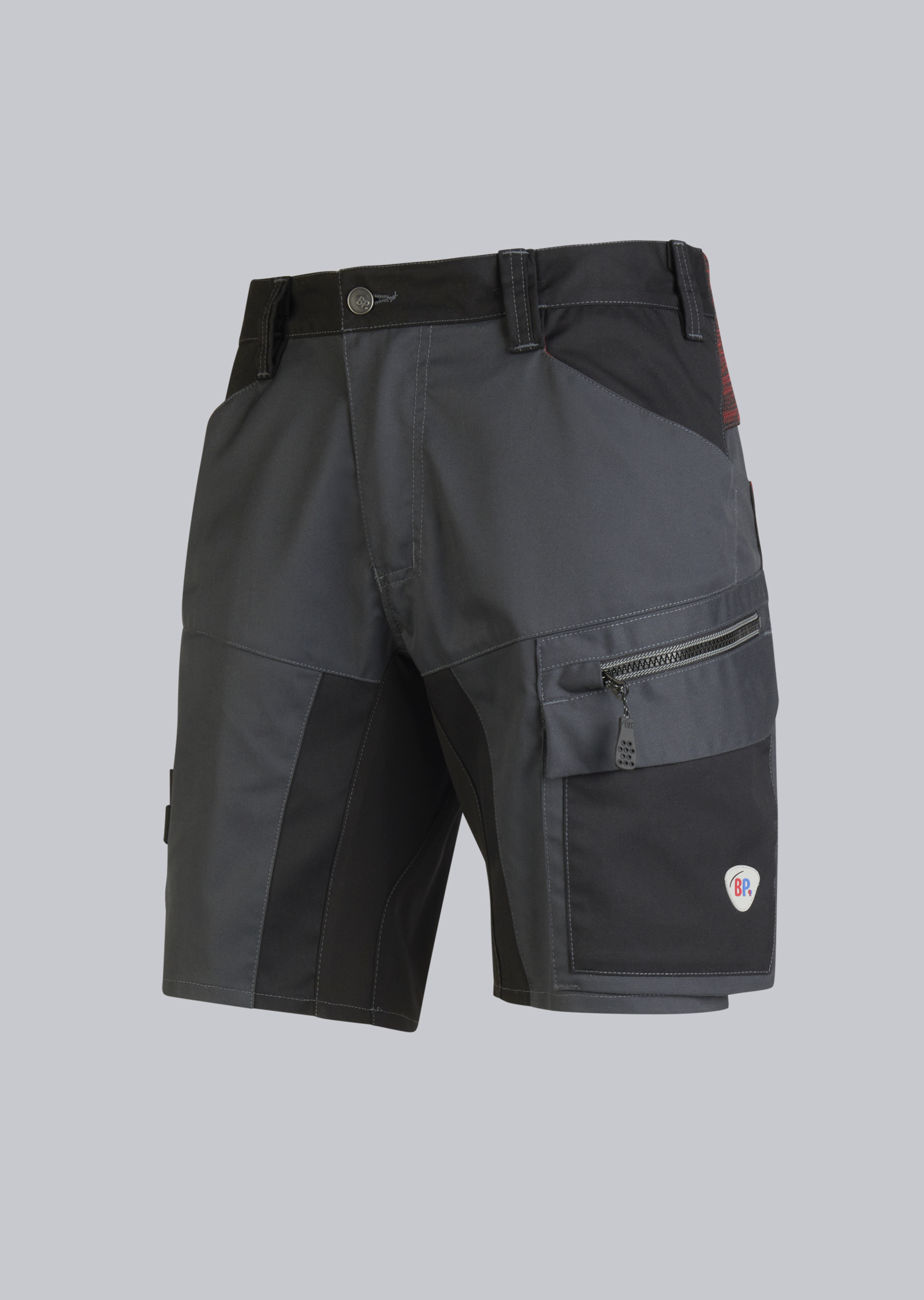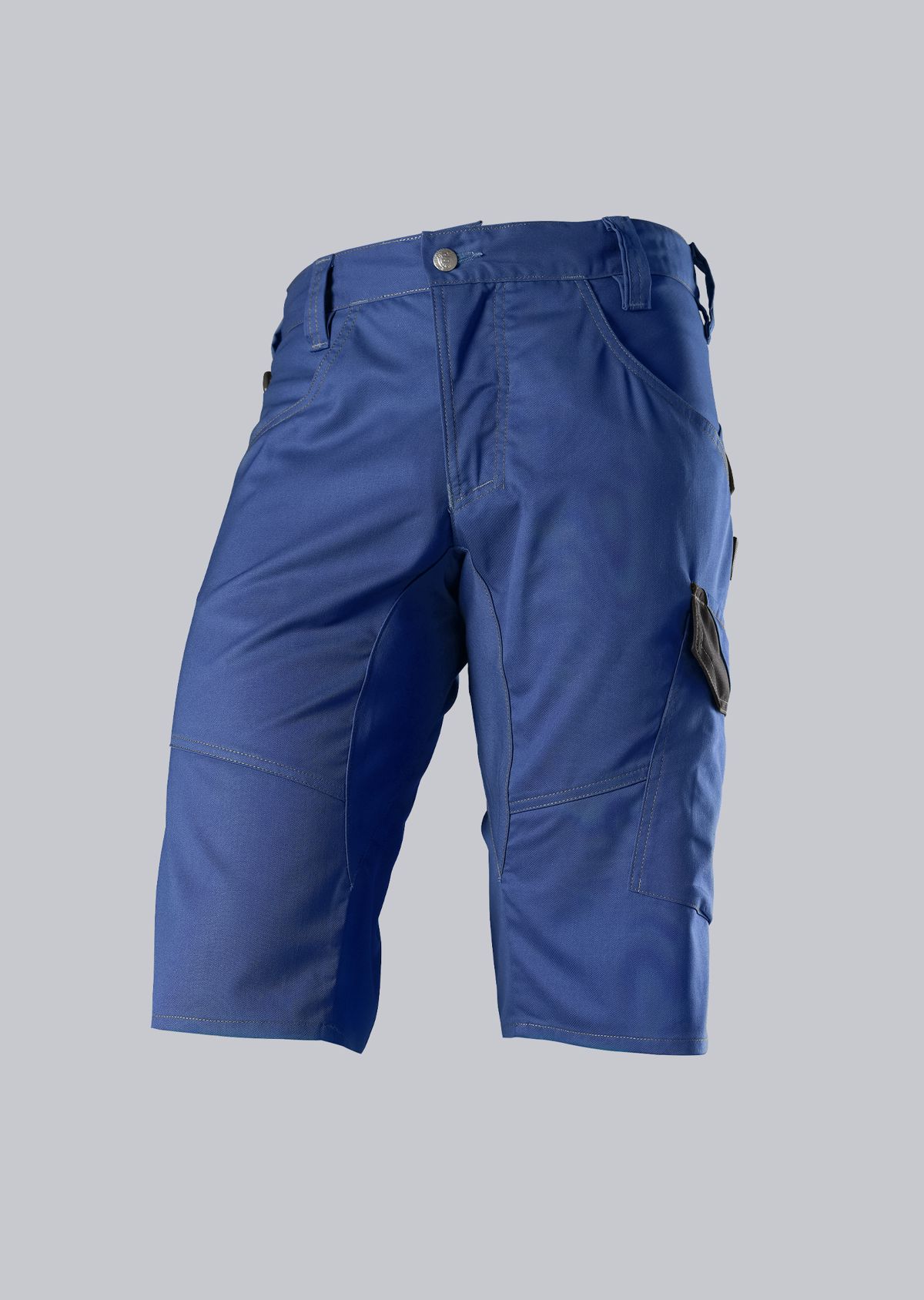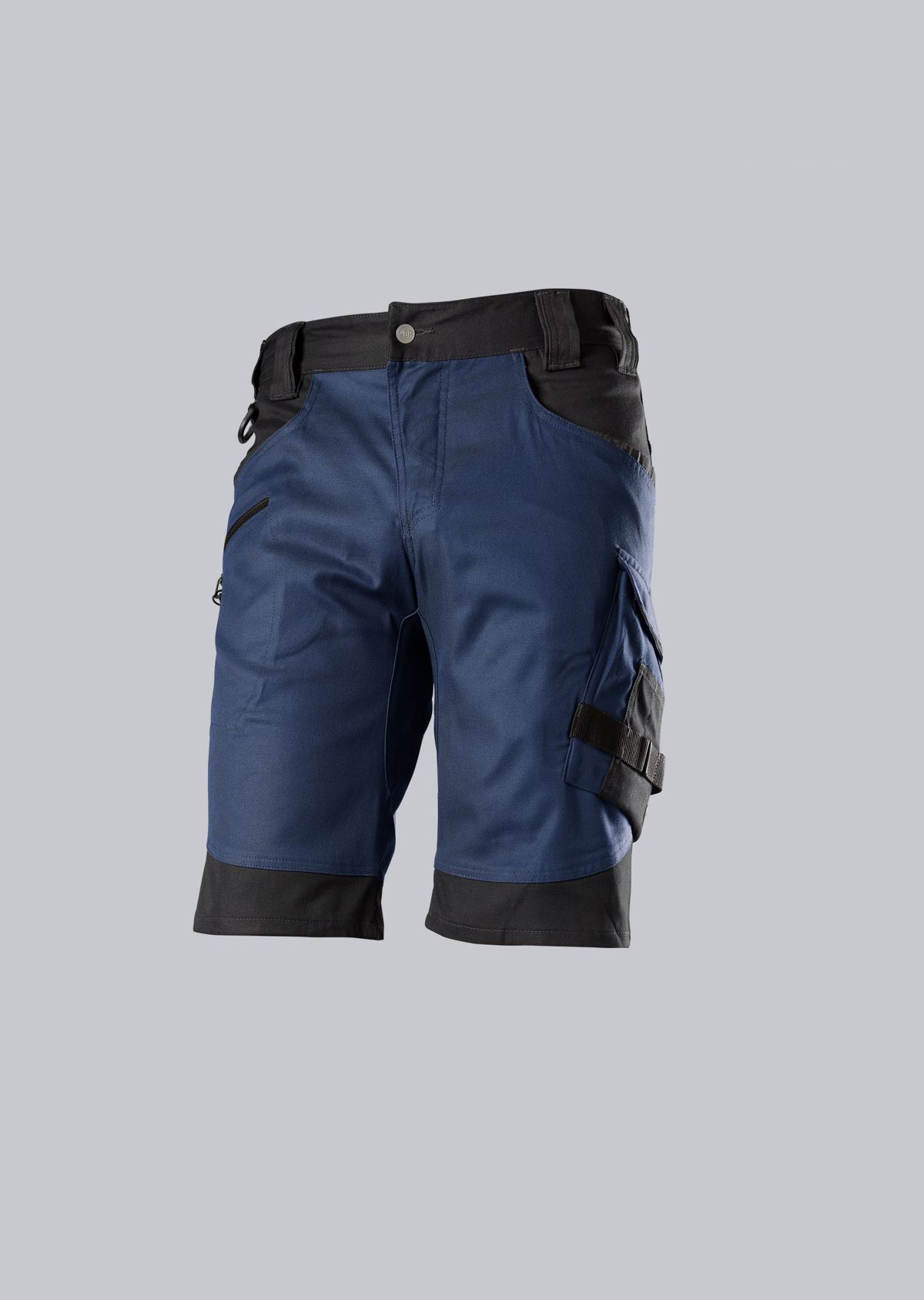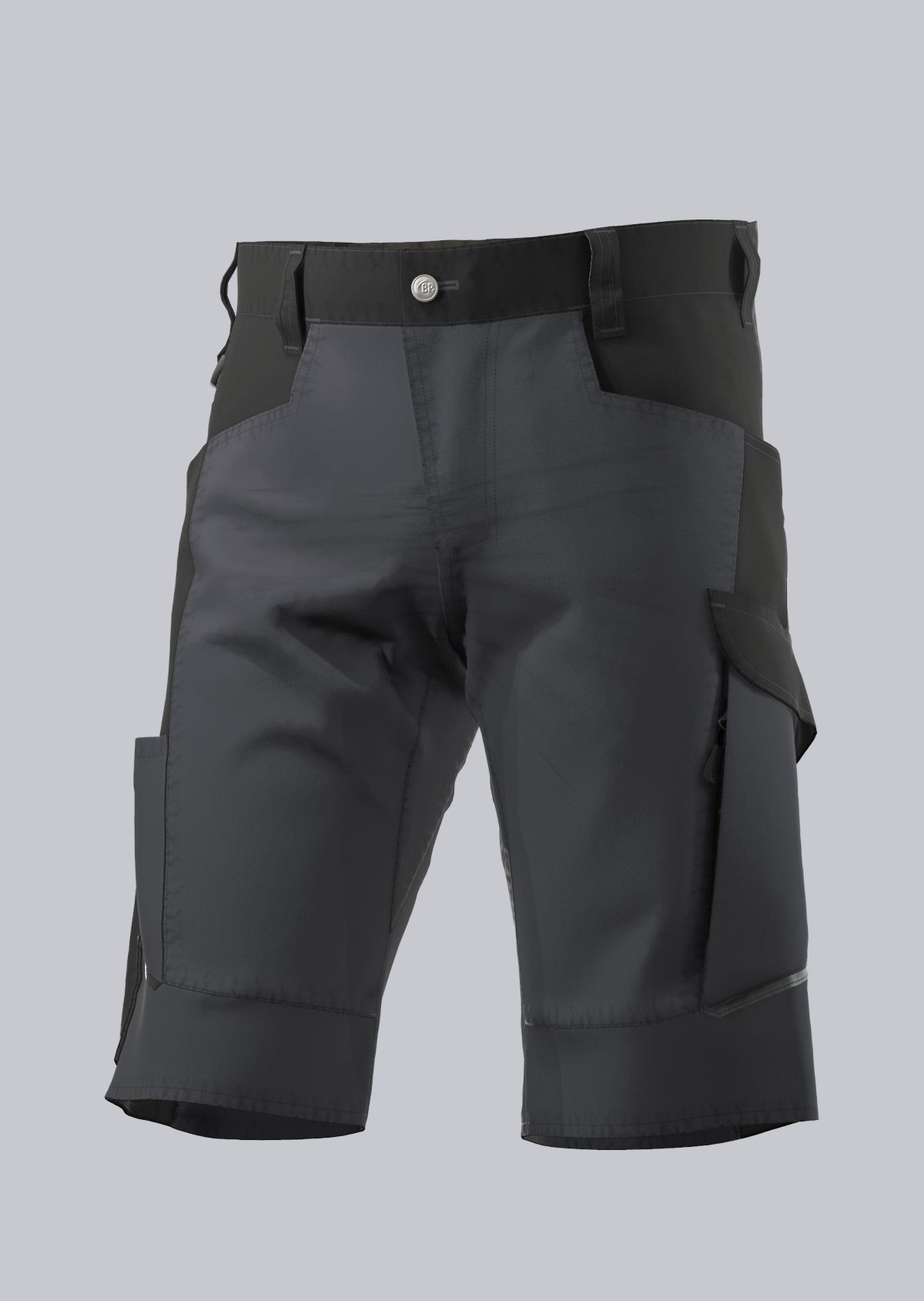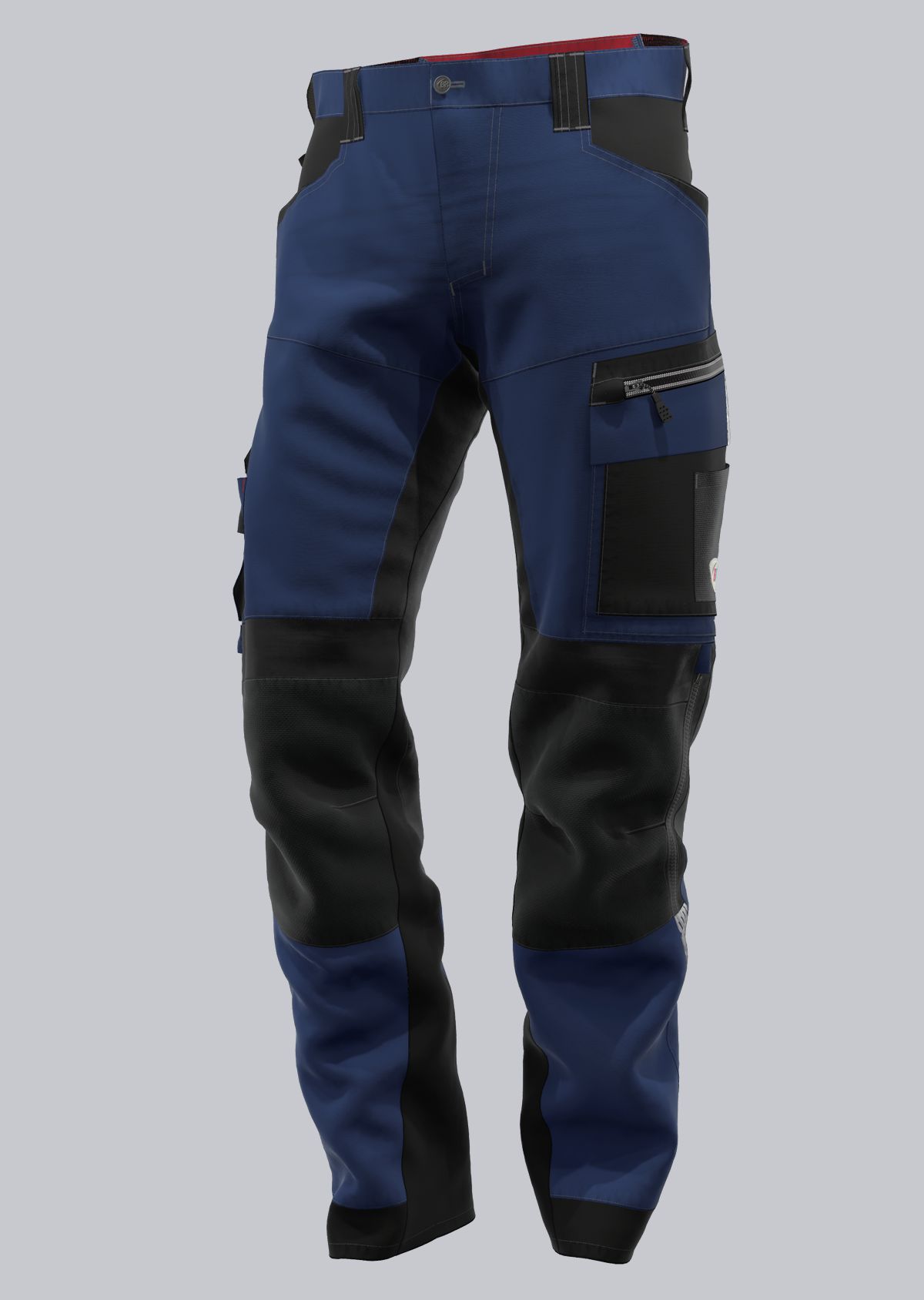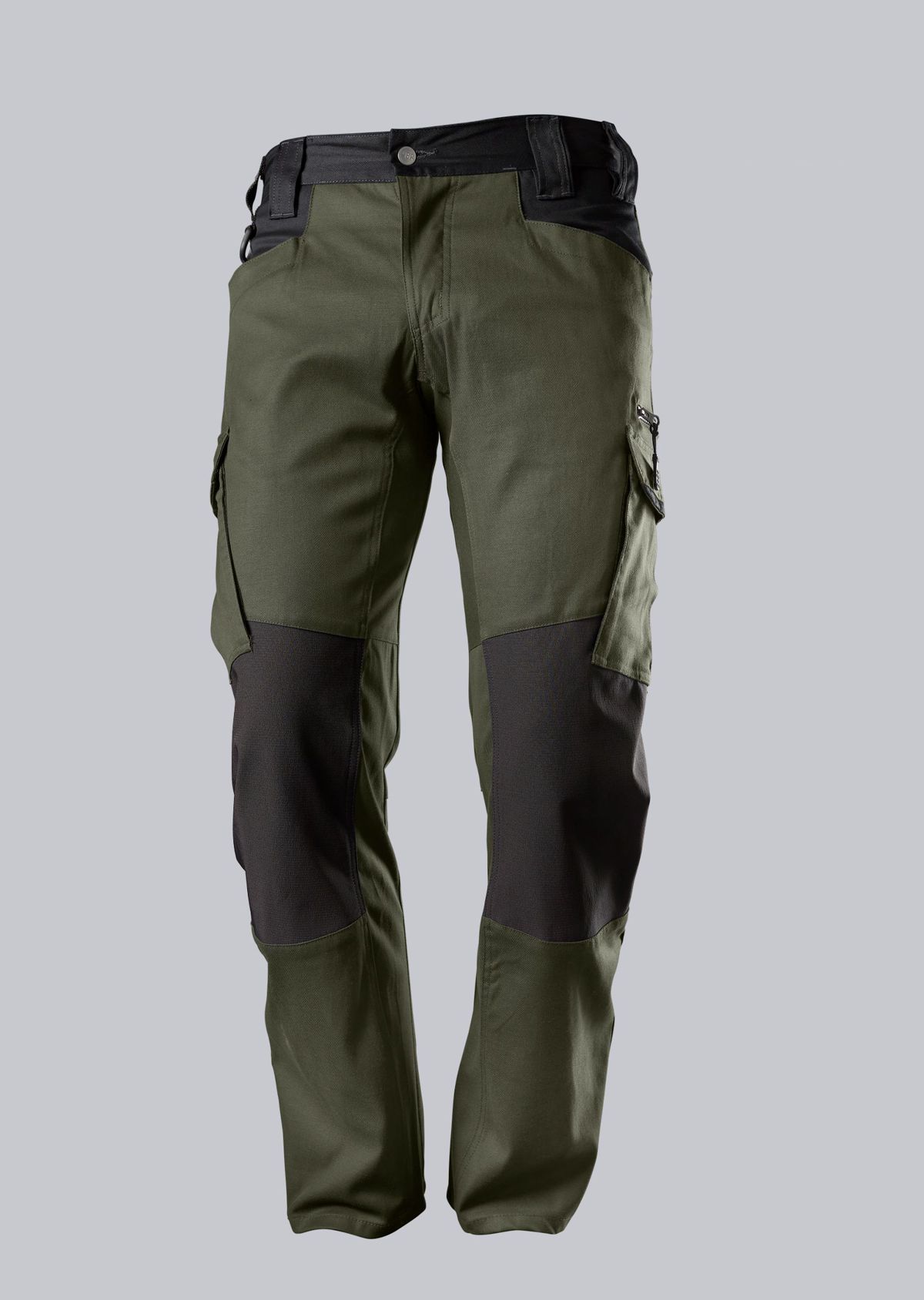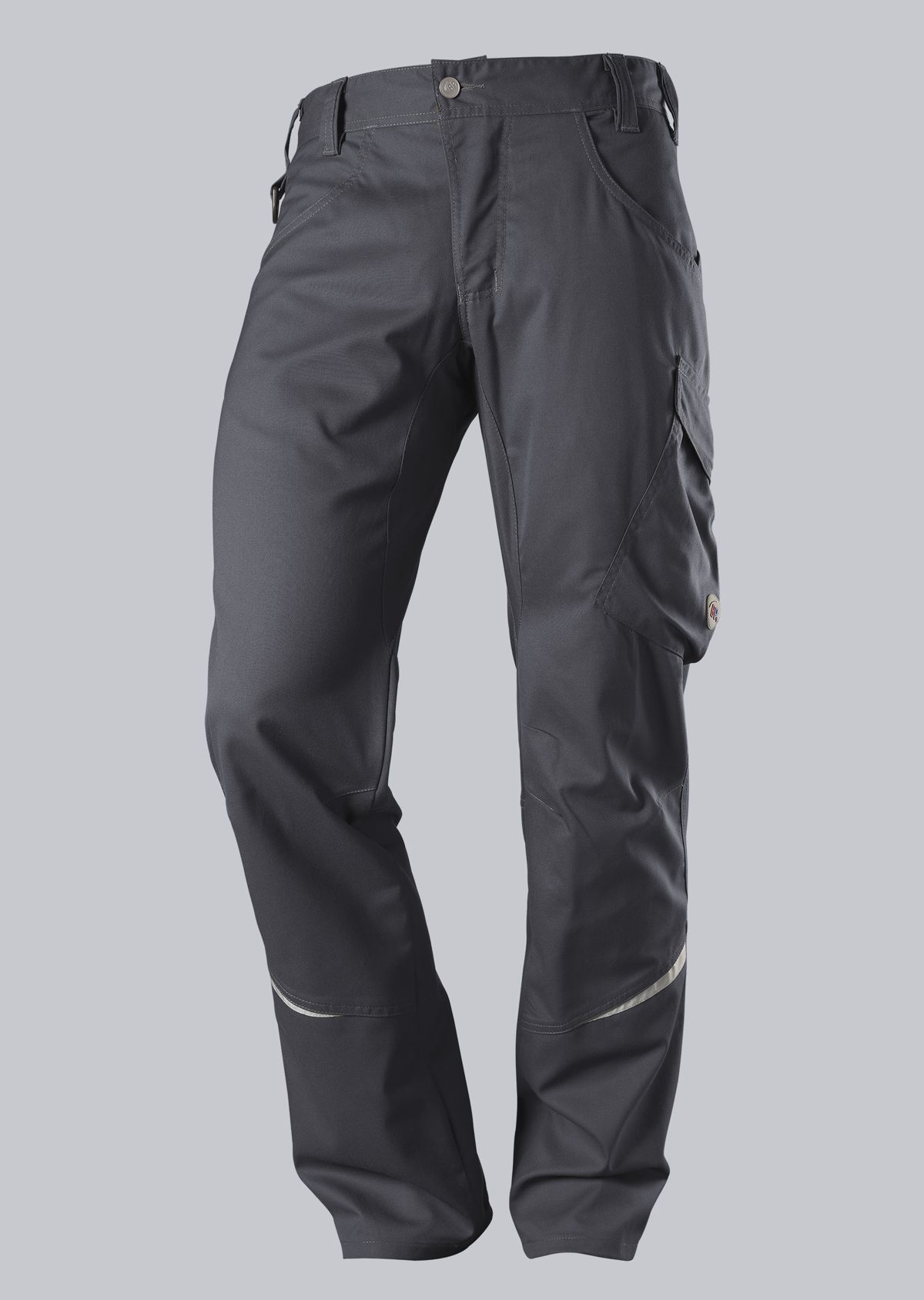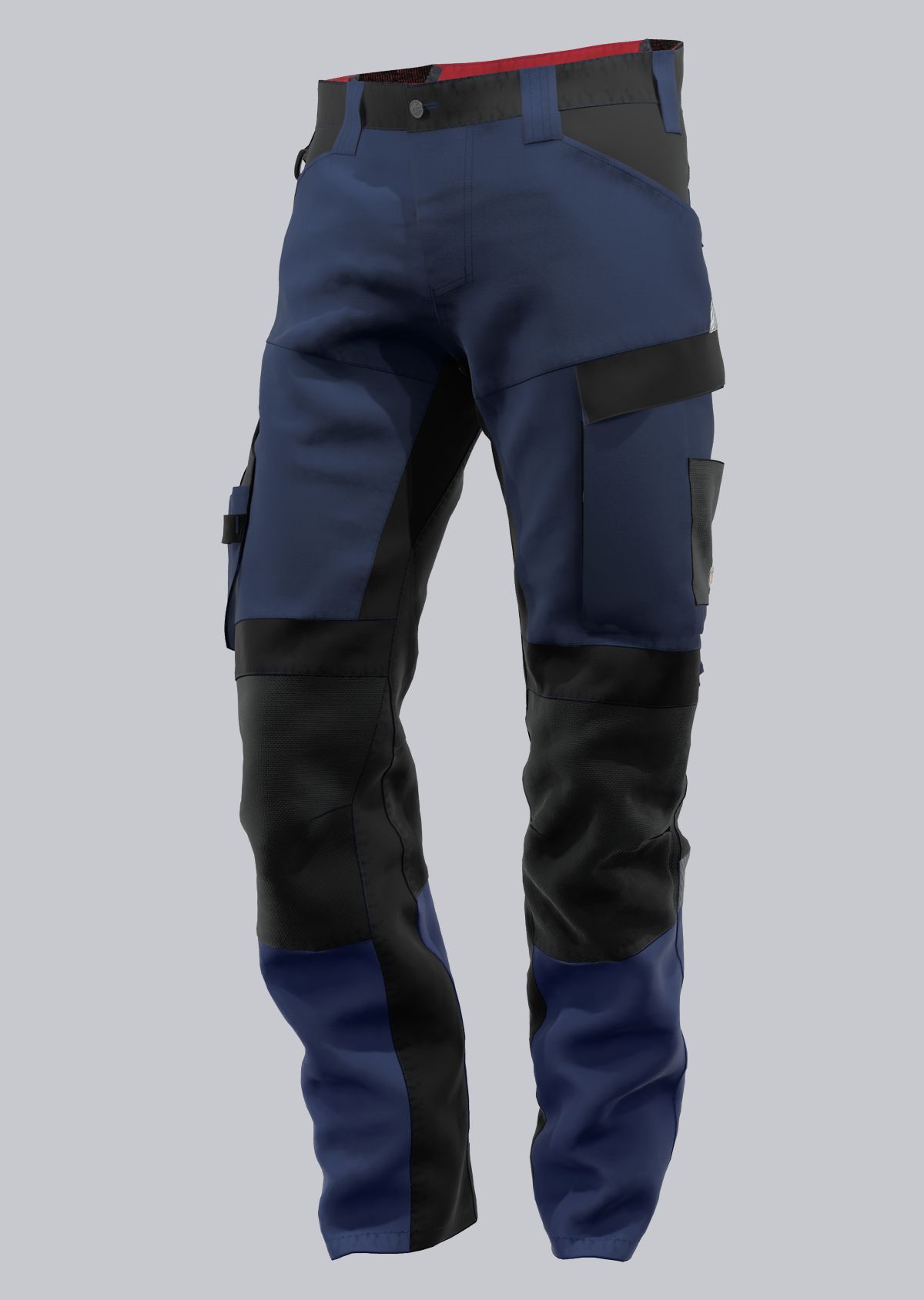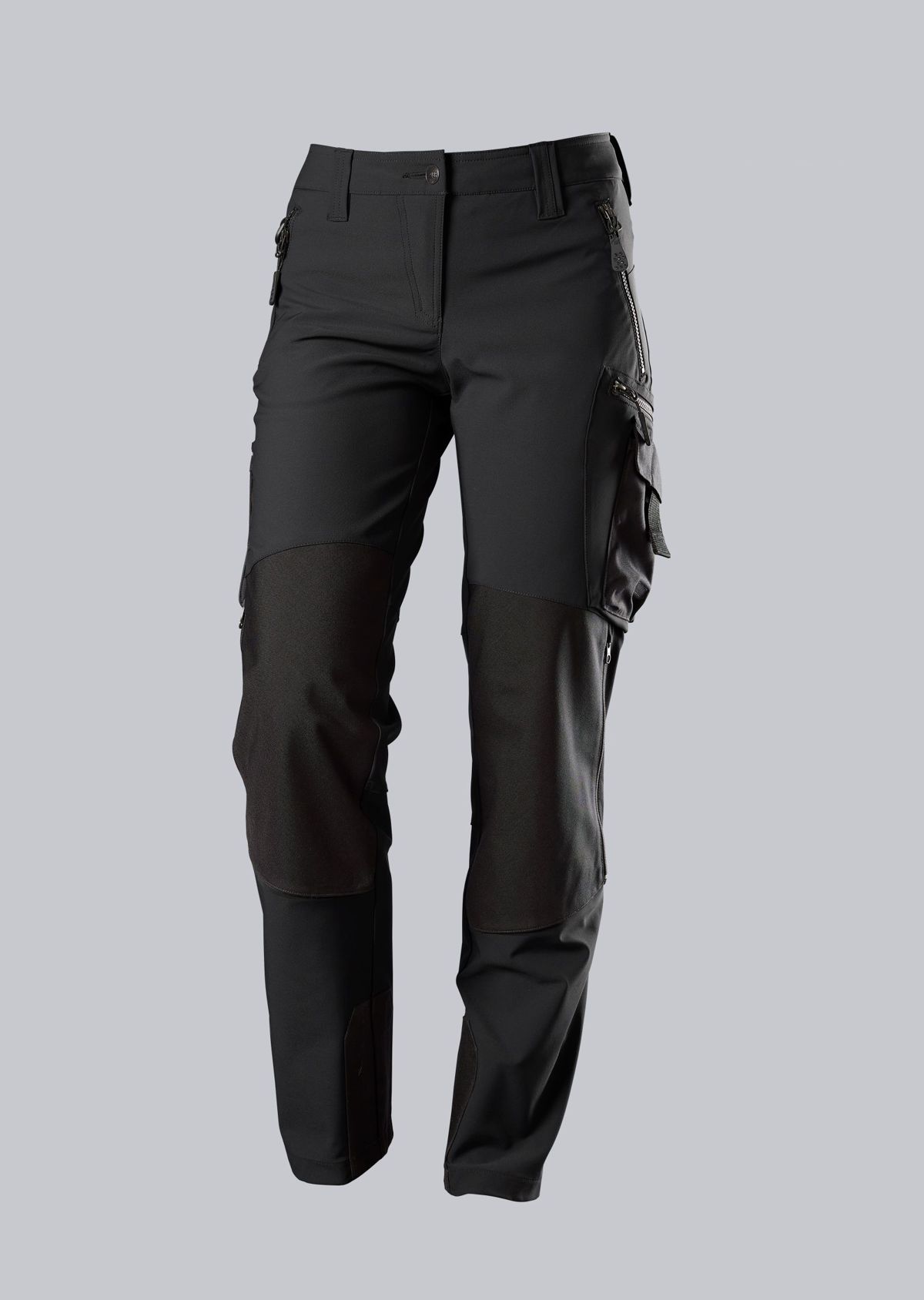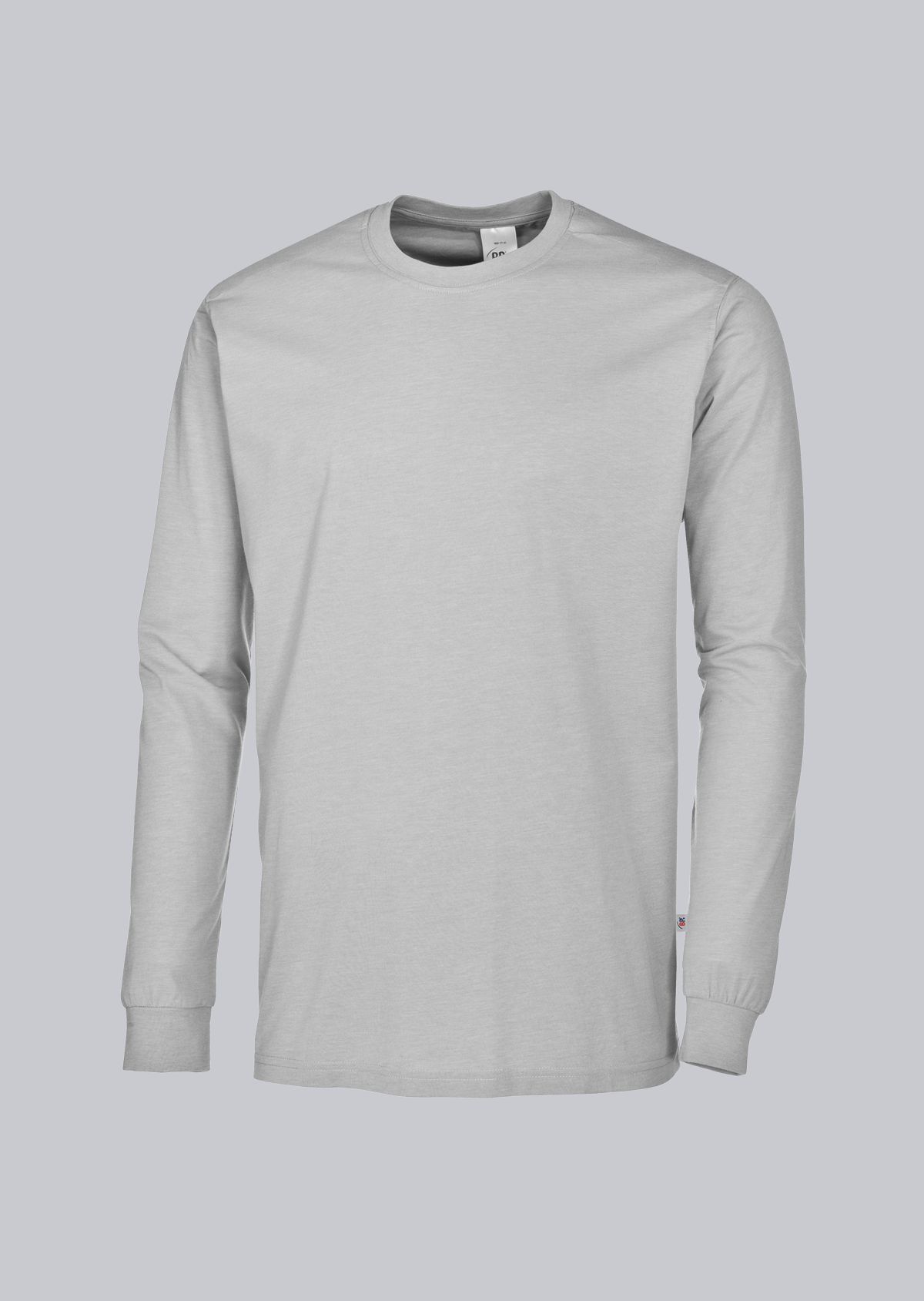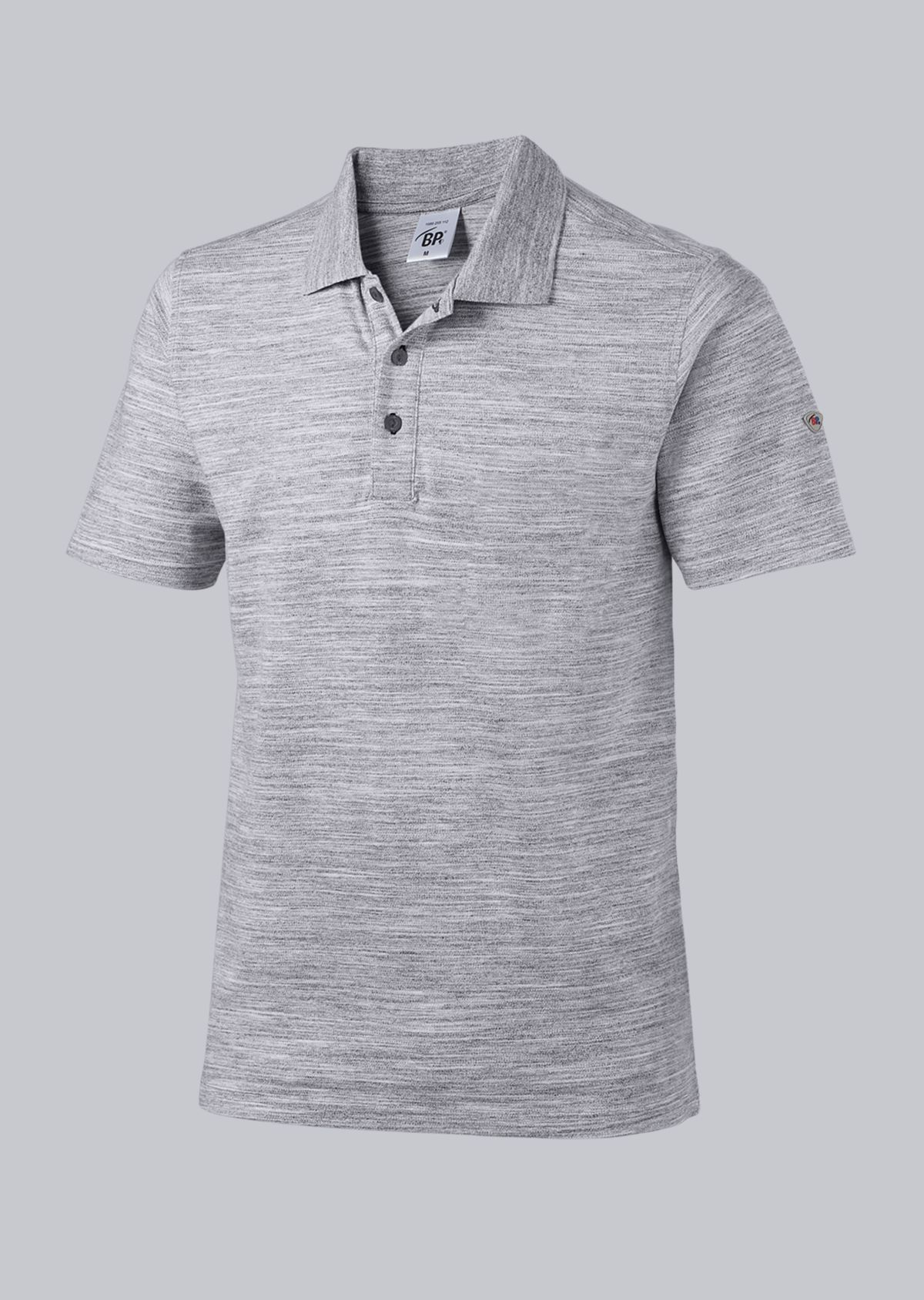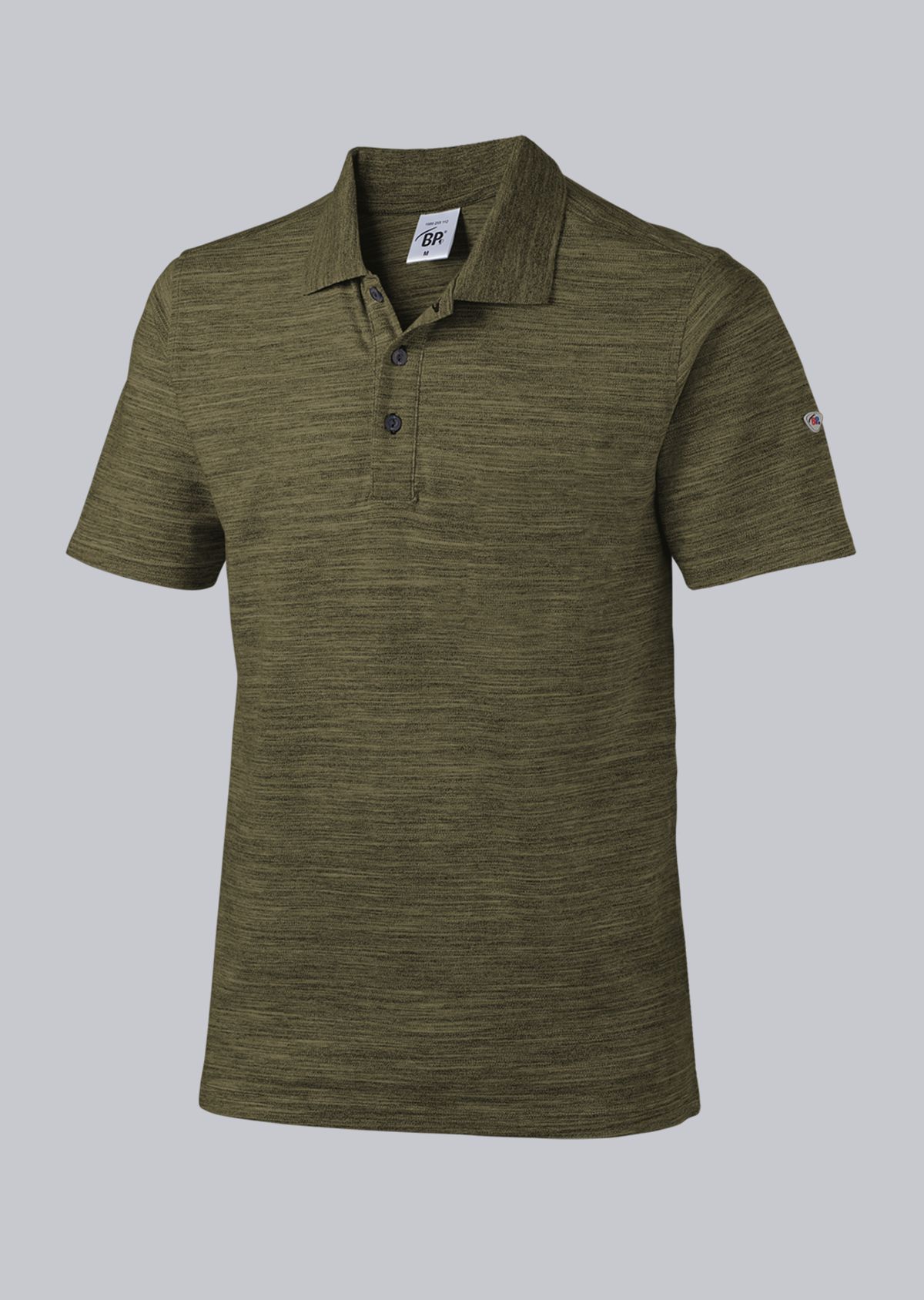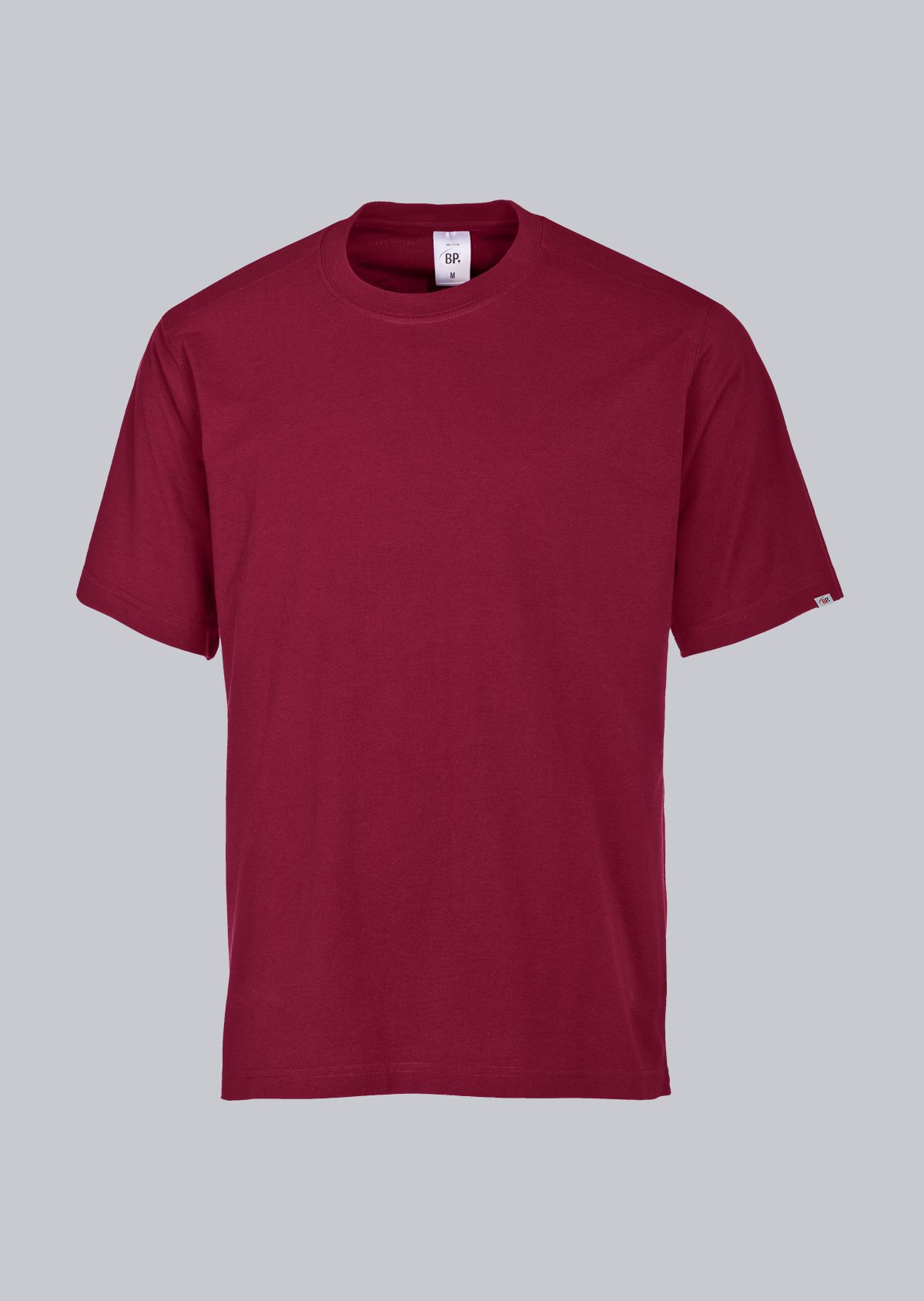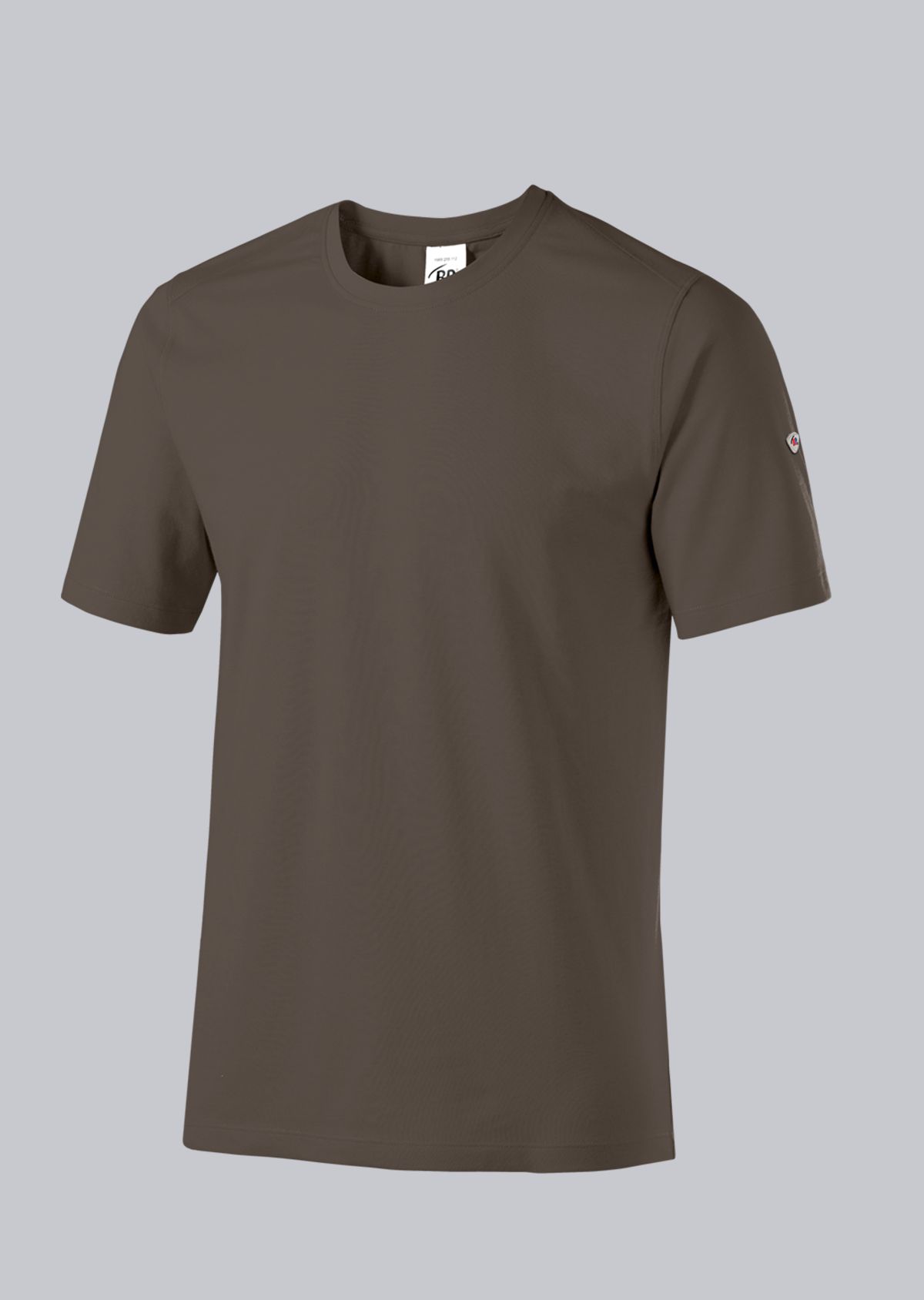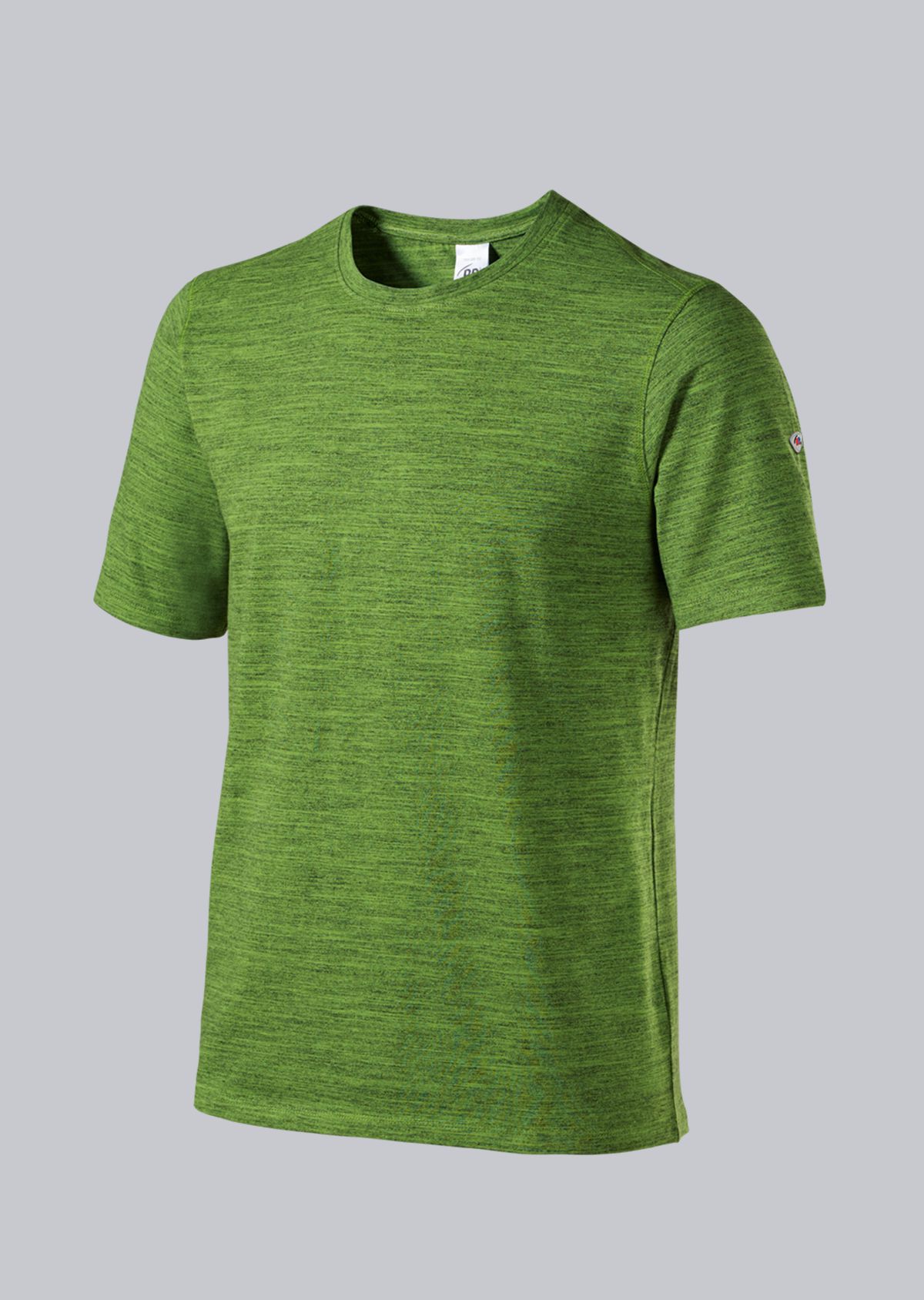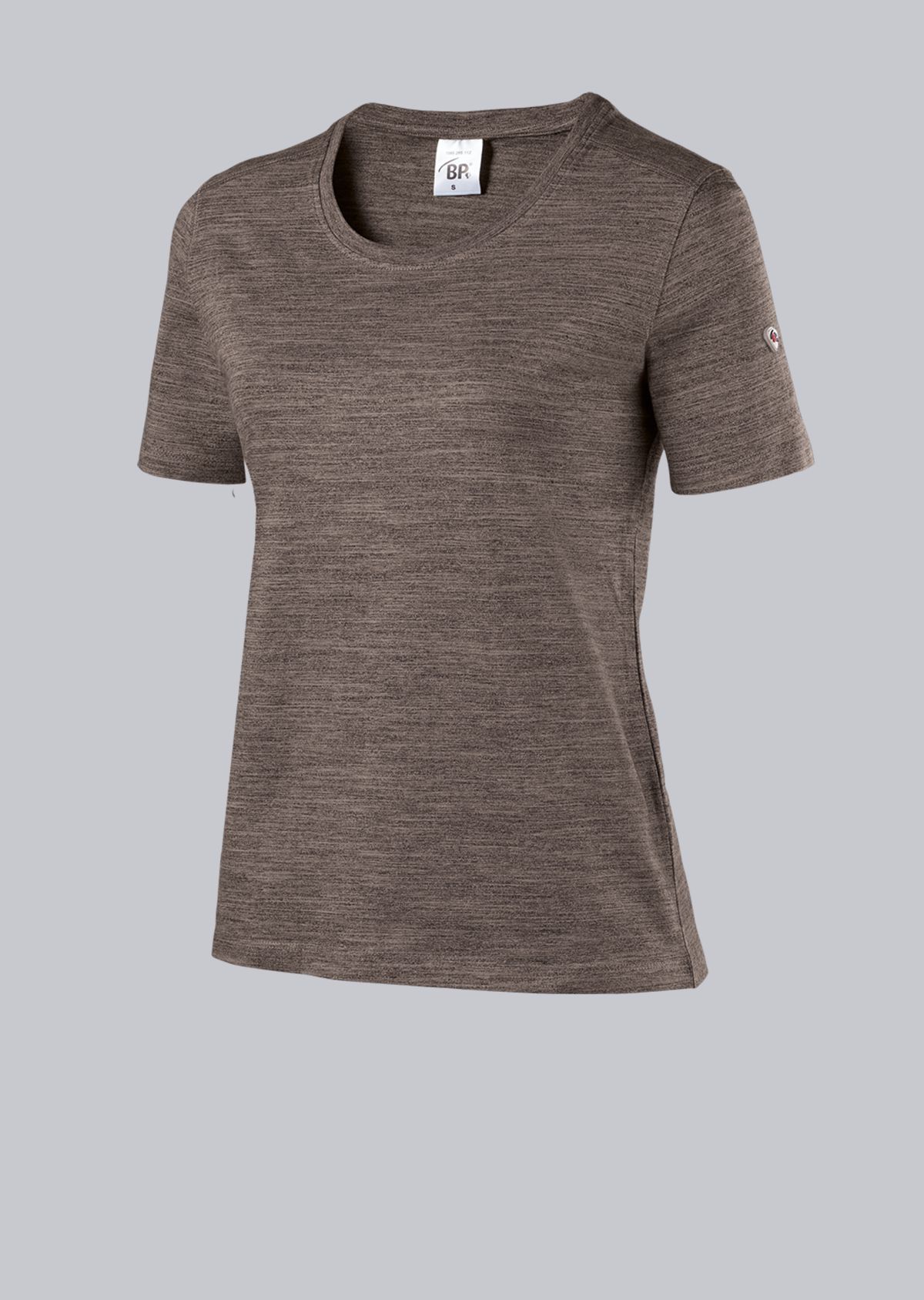
UV protection on the construction site: What is the best way to protect myself?
Historically construction workers have been at greater risk of developing cancer from their work than any other industry group. Among the occupational groups particularly at risk are the so-called outdoor workers, who are frequently exposed to the sun during their diverse outdoor work.
Employers are obliged to take all measures to protect their employees from harmful UV rays. Very different forms of personal protective equipment (PPE) are used - from head protection to workwear to skin protection.
In this blog we will look at how the right workwear can contribute to UV protection.
UV protection for women
In the past, women in particular often faced this problem because there was no protective clothing in a women's fit. This was a problem especially in the area of high-visibility protection, where the proportion of women is comparatively high. That's why BP was one of the first manufacturers to develop women's high-visibility clothing that meets the same UV standards as men's clothing.
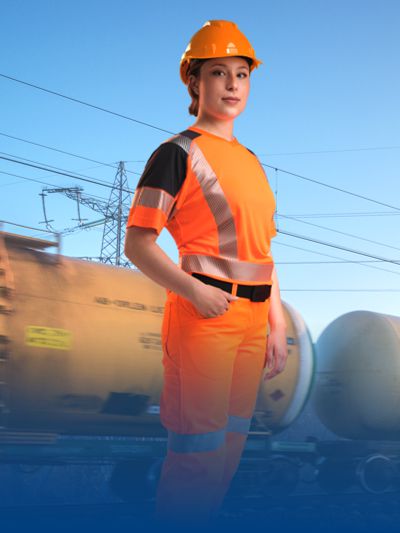
UV protection on the construction site: how to protect yourself and get support
Working outdoors in good weather is enjoyable, but it also carries risks. The sun's ultraviolet (UV) rays can damage the skin and increase the risk of skin cancer. People who regularly or predominantly work outdoors are particularly affected.
Various protective measures come into play here, from headgear to suitable work clothing to skin protection. However, it is important to know that no clothing offers absolute protection against UV rays. Therefore, it is advisable to use additional sun protection such as sunscreen. There are also various standards for UV protection, such as UV Standard 801 and EN 13758, which regulate how textiles are tested for their UV protection properties.
Occupational skin protection products are also important, especially those with a sun protection factor (SPF) of at least 30 to 50. The good news is that employers often cover the cost of protecting their employees. In many cases, the responsibility for skin protection lies with employers and they should provide appropriate measures such as protective clothing and creams.
Overall, UV protection on the construction site is a serious concern. With the right measures and support from employers as well as BG BAU, workers can help minimise the risks of UV radiation and protect their health. Stay safe and take good care of your skin!
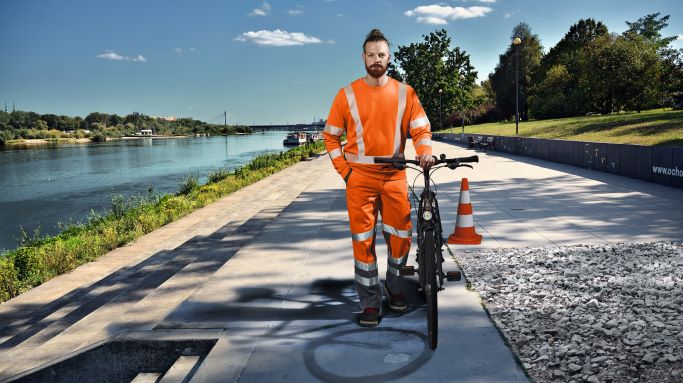
Blog author and workwear expert:
Mark Mauderer, content manager at Bierbaum-Proenen (BP), a leading manufacturer of workwear for care, shares his extensive expertise in this field. He offers profound insights into BP's decades of experience in the development of high-quality care garments.
Any questions?
